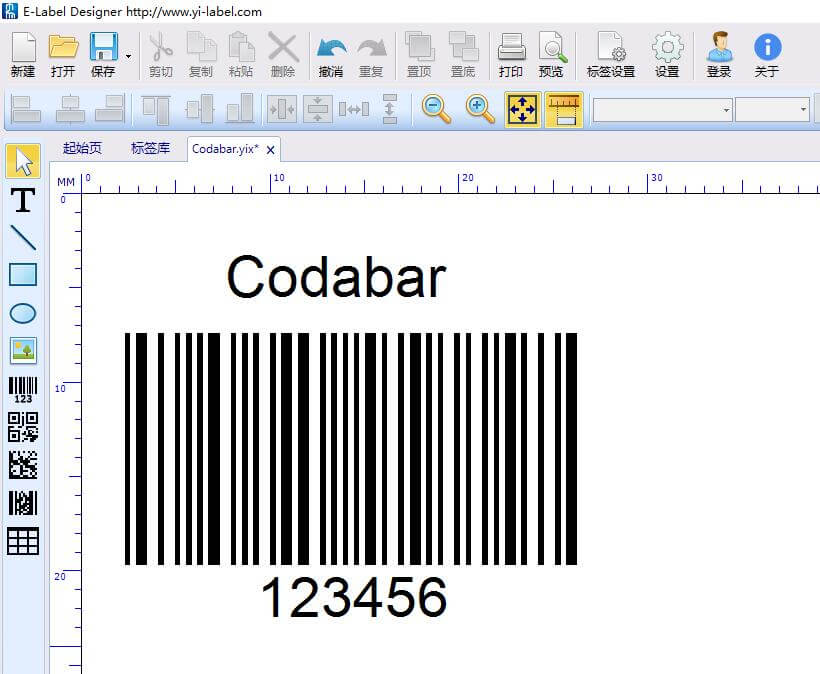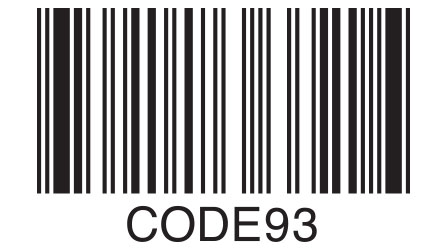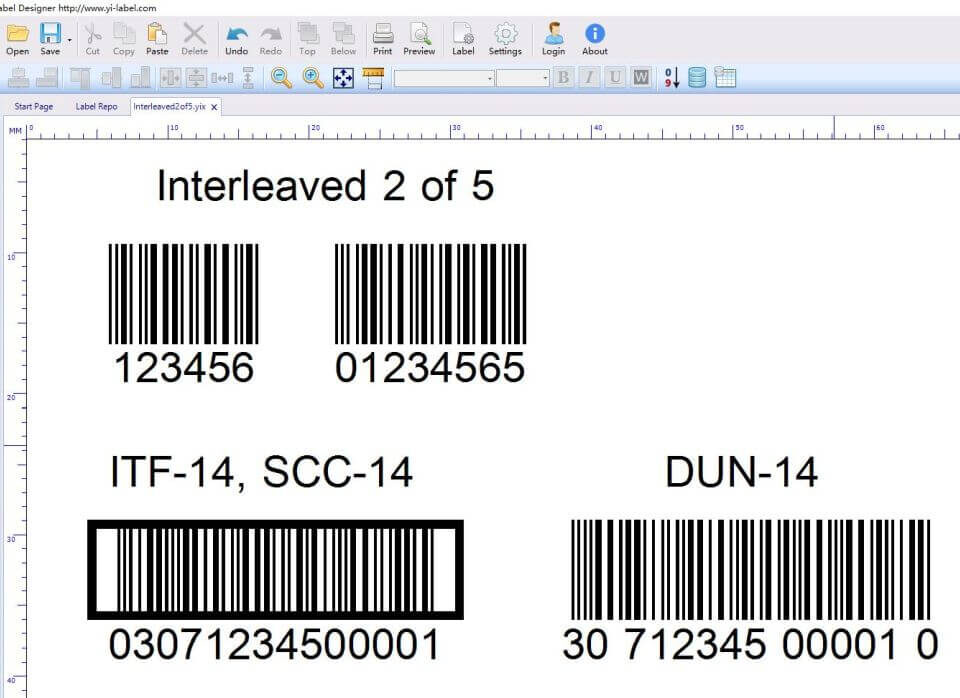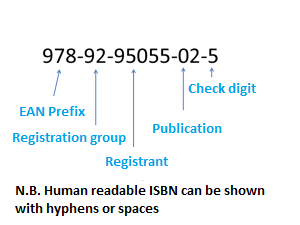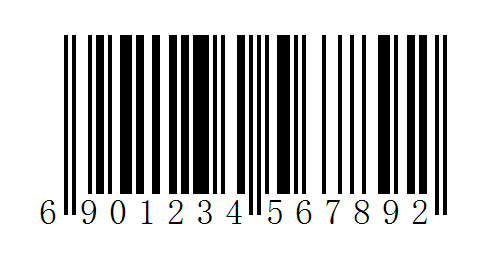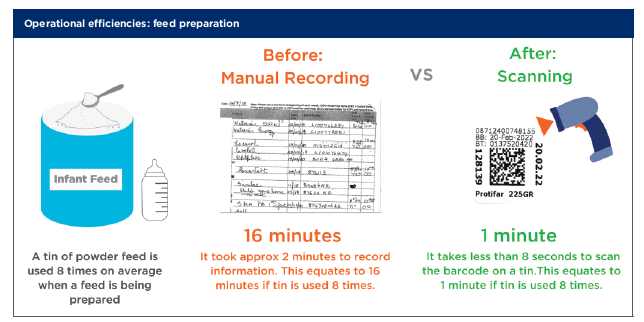November 23, 2021
Codabar was originally developed in the early 1970s for use in retail price-labeling systems. However, after the National Retail Merchants Association (NRMA) selected another symbology as their standard in 1975, Codabar was promoted for use in a variety of non-retail applications such as libraries, shipping, photo finishing, and the medical industry. Because Codabar is not as versatile or reliable as other symbologies, the trend since the 1980s has been to move away from Codabar and toward the other symbologies. Codabar barcodes are used by logistics and healthcare professionals, including U.S. blood banks, FedEx, photo labs and libraries. Their main benefit is that they’re easy to print and can […]

